
Aboveground Storage Tank Regulations
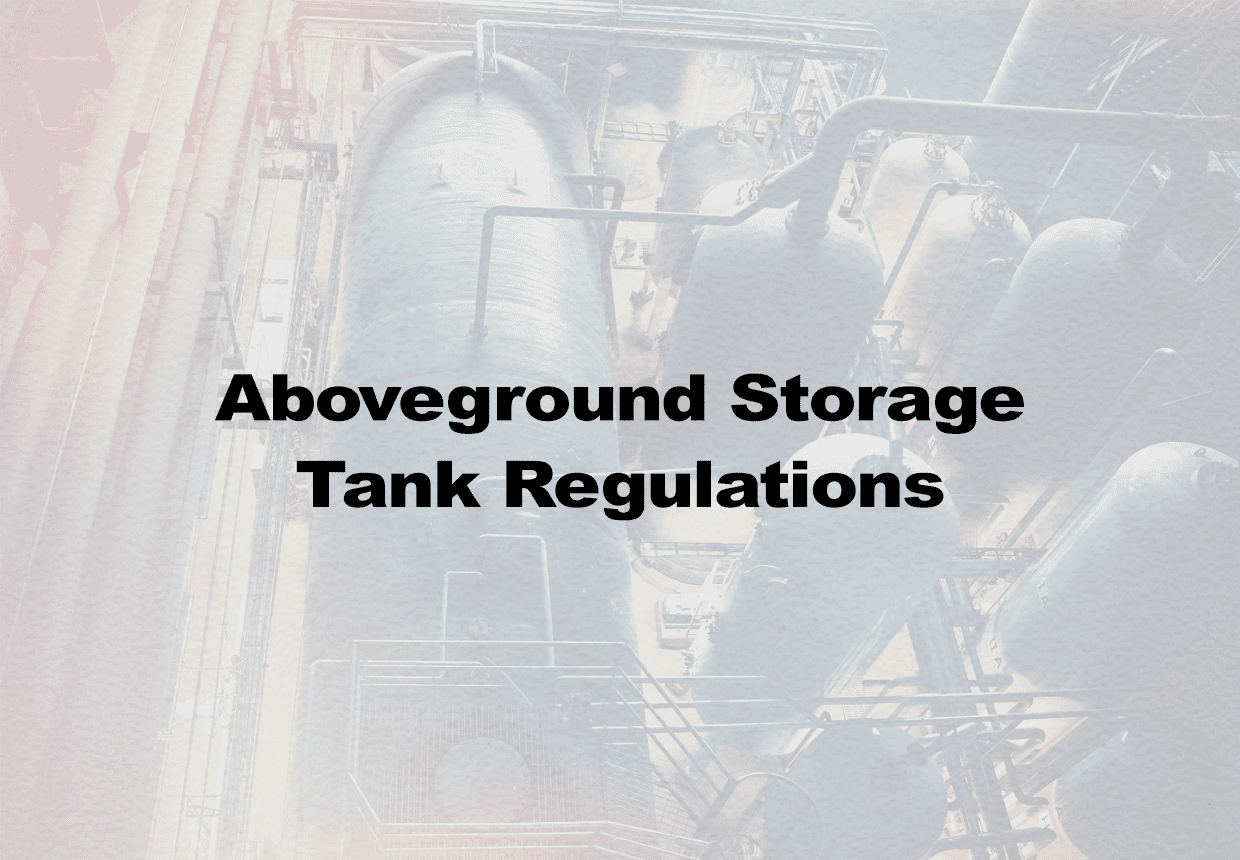
Written by: Virginia McCormick, NES, Inc.
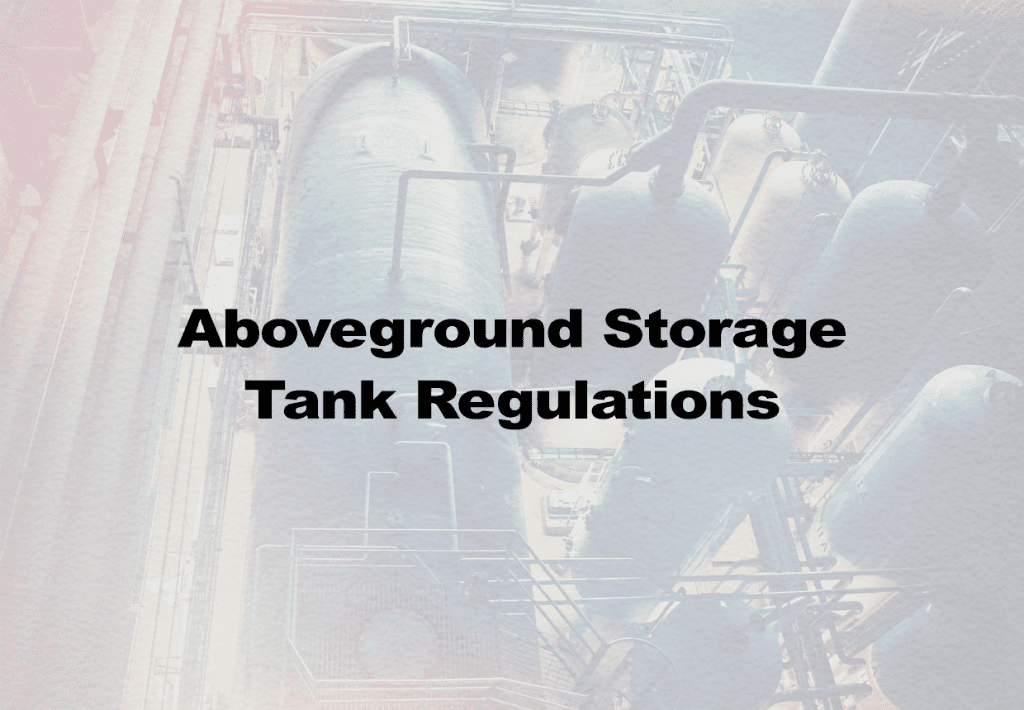
APSA and its federal complements ensure that facility owners and employees are prepared to respond to accidental petroleum releases.
This article is part of a special dedicated series that covers California CUPAs and the Unified Program. For a complete overview, see the June 2019 NES article California CUPA Overview: Enforcing the CalEPA Unified Program.
California & Federal Aboveground Storage Tank Requirements
Oil has remained one of the preferred energy sources for many industries in the United States since the early 1900s. This preference, which was brought about primarily due to increased automobile ownership and electricity demands, required large-scale storage of oil in the country to account for supply and demand. Storage of oil or other petroleum-based materials often requires the use of aboveground storage tanks.
In California, owners or operators of facilities with aboveground storage tanks must take special consideration of what those tanks store. Facilities that store above a certain threshold of oil or petroleum in aboveground storage tanks may be required to adhere to certain State-level regulations, such as the Aboveground Petroleum Storage Act (APSA).
There are additional federal regulations regarding aboveground storage tanks that must be considered – the most common being the development and implementation of a Spill Prevention, Control, and Countermeasure (SPCC) Plan and a Facility Response Plan (FRP). The application of each depends on the contents of the tank and the amounts being stored.
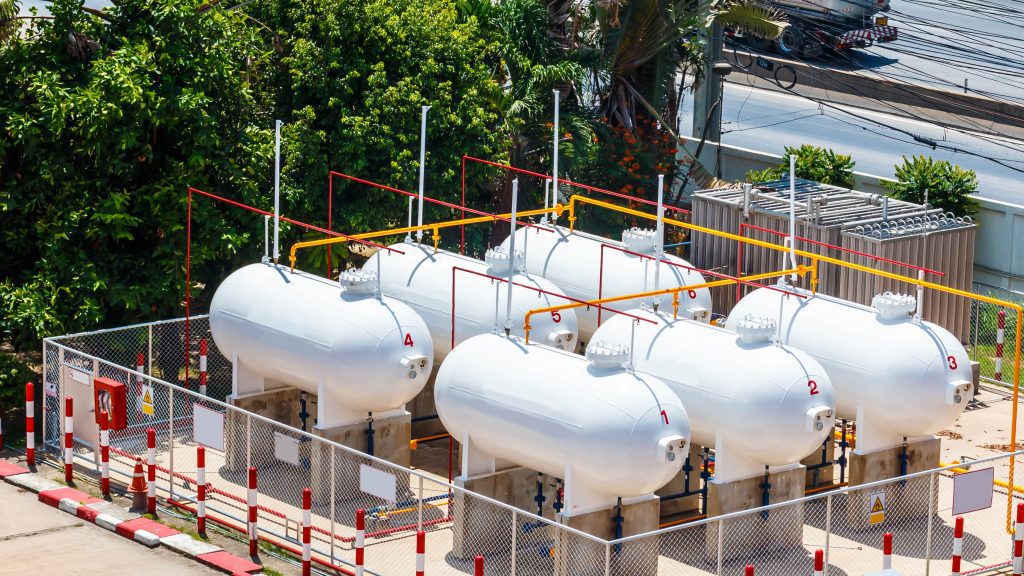
Aboveground storage tanks, such as the one pictured here, often contain petroleum or other fuel-related materials.
APSA: Preparing for the Worst
In 2010, an oil drilling rig situated in the Gulf of Mexico experienced a catastrophic explosion, resulting in 11 worker deaths and approximately four million barrels of oil spilled into waters controlled by the United States. This event, commonly known as the Deepwater Horizon oil spill, is regarded as one of the largest environmental disasters in U.S. history. Damage evaluations are still being conducted nearly a decade after the disaster.
According to the National Oceanic and Atmospheric Administration, thousands of oil spills occur in U.S. waters each year. Most of these events are exceedingly small – spilling less than one barrel of oil per event. However, even small oil spills may cause, “major environmental and economic harm, depending on location, season, environmental sensitivity, and type of oil.” As such, it is important that any facility that uses aboveground storage tanks containing oil or other forms of petroleum be sufficiently regulated to prevent and prepare for any accidental releases.
The Aboveground Petroleum Storage Act (APSA) was enacted in 1989 by the California State Water Resources Control Board to protect public health and the environment from potential consequences of unintentional releases from aboveground storage tanks. As the name suggests, APSA only covers tanks that contain or have the reasonable expectation of containing petroleum.
In 2008, Assembly Bill 1130 transferred the responsibility for enforcement of APSA from the State Water Resources Control Board to the Certified Unified Program Agencies (CUPAs) and/or Participating Agencies (PAs). The California Department of Forestry and Fire Protection (CAL FIRE) oversees the implementation of APSA through the CUPAs/PAs.
APSA regulates facilities with aboveground storage tanks having capacities of 1,320 gallons or more. Facilities with total petroleum storage quantities at or above 10,000 gallons are inspected at least once every three years by a CUPA/PA and have reporting and fee requirements. Facilities with petroleum storage quantities equal to or greater than 1,320 gallons but less than 10,000 gallons have reporting and fee requirements only.
Tank facilities pay an annual APSA fee to the CUPA and file an annual tank facility statement or a Hazardous Materials Business Plan (HMBP) electronically into the California Environmental Reporting System (CERS). All facilities must meet the applicable federal requirements in addition to State requirements.
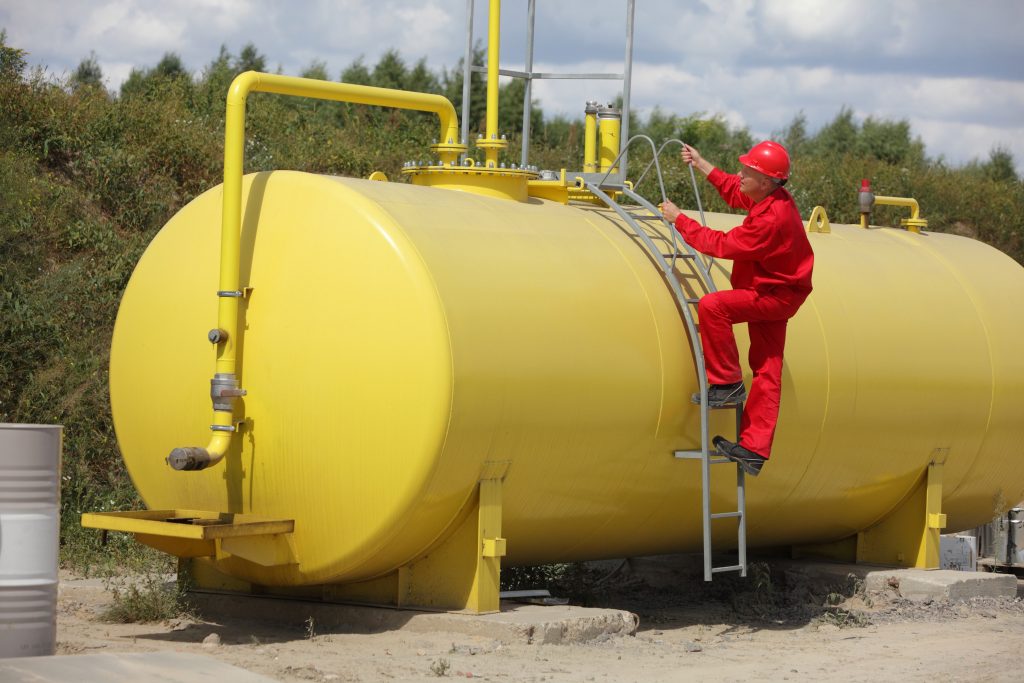
APSA was enacted to protect the public and the environment from the consequences of an accidental release from an aboveground storage tank.
Aboveground Storage Tank Federal Regulations: SPCC Plans & FRPs
In addition to APSA, facilities with oil-containing aboveground storage tanks may be subject to additional federal regulations. Oil spill prevention and preparation are top priorities of the U.S. Environmental Protection Agency (EPA). While EPA definitions and terms may differ slightly from those in APSA, both State and federal regulations must be adhered to in order to protect the country’s water sources.
The Spill Prevention, Control, and Countermeasure (SPCC) regulations (40 CFR Part 112) helps facilities, “prevent a discharge of oil into navigable waters or adjoining shorelines.” SPCC regulations were originally published in 1973 under the Clean Water Act and set the requirements for the preparation, preparedness, and response to oil discharges at specific, non-transportation-related facilities.
These regulations require applicable facilities to develop and implement Spill Prevention, Control, and Countermeasure (SPCC) Plans. The SPCC Plan helps facilities identify specific mitigation measures, such as secondary containments and double-walled tanks. Federal and State law requires SPCC Plans to be certified by a California-registered Professional Engineer (PE) or the owner/operator of a qualified tank facility. A “qualified facility” must meet all the following criteria:
- Have a total facility storage capacity that is 10,000 gallons or less
- Within the past three years, have had no single discharge to navigable waters or adjoining shorelines exceeding 1,000 gallons OR no two discharges to navigable water or adjoining shoreline each exceeding 42 gallons within any 12-month period
In California, storm drains are generally considered “navigable waters” – waters that are or have been used to transport interstate or foreign commerce. The owner of the facility is required to review the SPCC Plan at least once every five years, and every review must be documented.
A Facility Response Plan (FRP) is implemented in the event of a, “worst case oil discharge or threat of a discharge.” This plan helps facilities identify the individuals and resources available in the event of a discharge and details the training and drills that must be performed at the facility. An FRP must be submitted to an EPA Regional Office for approval and must maintain consistency with the National Contingency Plan and Area Contingency Plans.
Emergency Action Plans like the FRP help contribute to employee safety in addition to satisfying State and federal regulations. For more information on Emergency Action Plans, see the September 2017 NES blog Emergency Action Plan Design and Implementation.
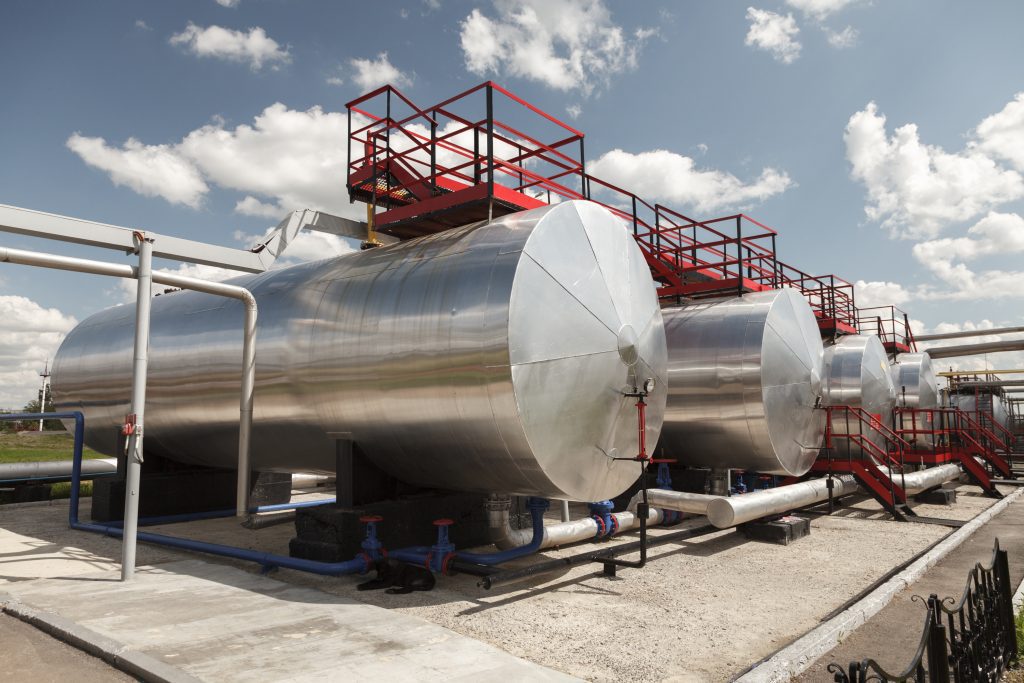
Both State and federal aboveground storage tank regulations must be adhered to in order to protect the country’s water sources.
Preventing Disaster Through Aboveground Storage Tank Training
In 2015, the California State Fire Marshal issued an information bulletin regarding the prohibited use of underground storage tanks as aboveground storage tanks. An underground storage tank should never be used in place of an aboveground tank, as the construction methods differ greatly. The Fire Marshal bulletin urged owners to contact a PE for certification of any tank they may have doubts about.
Training may prevent owners or operators from unknowingly purchasing the wrong type of tank for their needs, which can put the facility and surrounding environment in danger. Information about tank requirements is just one of many areas in which training can be beneficial.
Facilities that utilize aboveground storage tanks are encouraged to seek training for both owners and workers. With enough training, owners and their employees can become better acquainted with the proper and safe operation of aboveground storage tanks.
Environmental Consulting with NES
NES has been providing environmental consulting services on behalf of a wide array of public and private businesses and government agencies for the past 30 years. We provide SPCC Plans for APSA Sites training and other valuable programs on behalf of various CUPAs throughout California. If you need help with or have questions regarding aboveground storage tanks or associated regulatory requirements, please contact NES at office@nesglobal.net or 916-353-2360 / 1-800-NES-ADVISE.
References:
U.S. Energy Information Administration: Oil: Crude and Petroleum Products
California CUPA Forum: Aboveground Storage Tanks
U.S. EPA: Overview of the Spill Prevention, Control, and Countermeasure (SPCC) Regulation
Facility Response Plan (FRP) Overview
Encyclopedia Britannica: Deepwater Horizon oil spill
National Oceanic and Atmospheric Administration: Largest Oil Spills Affecting U.S. Waters Since 1969
APSA Frequently Asked Questions: Program Implementation & Compliance
Office of the State Fire Marshal: Aboveground Storage Act (APSA) (Web Archive PDF)
Underground Storage Tanks Being Sold as Aboveground Storage Tanks
